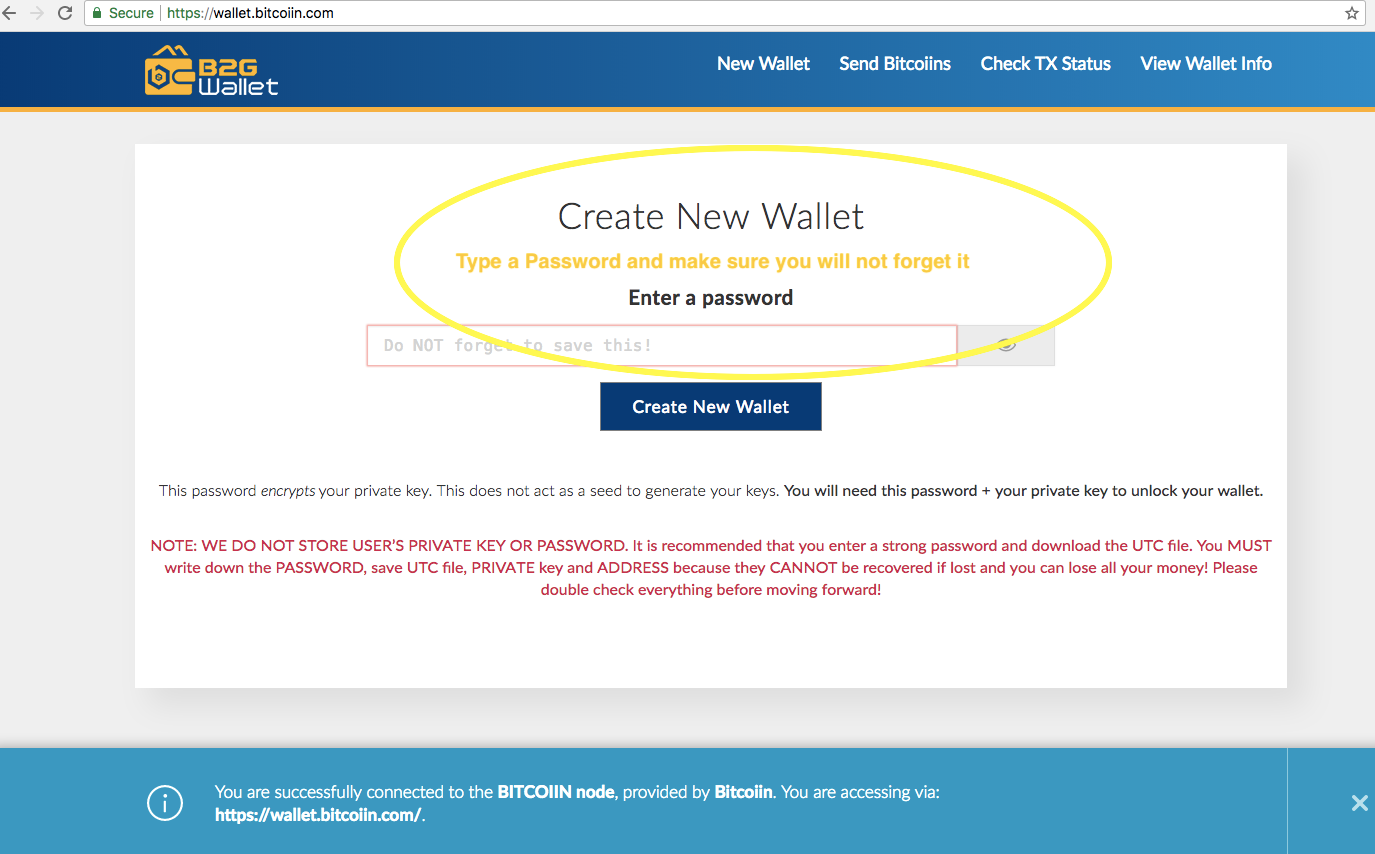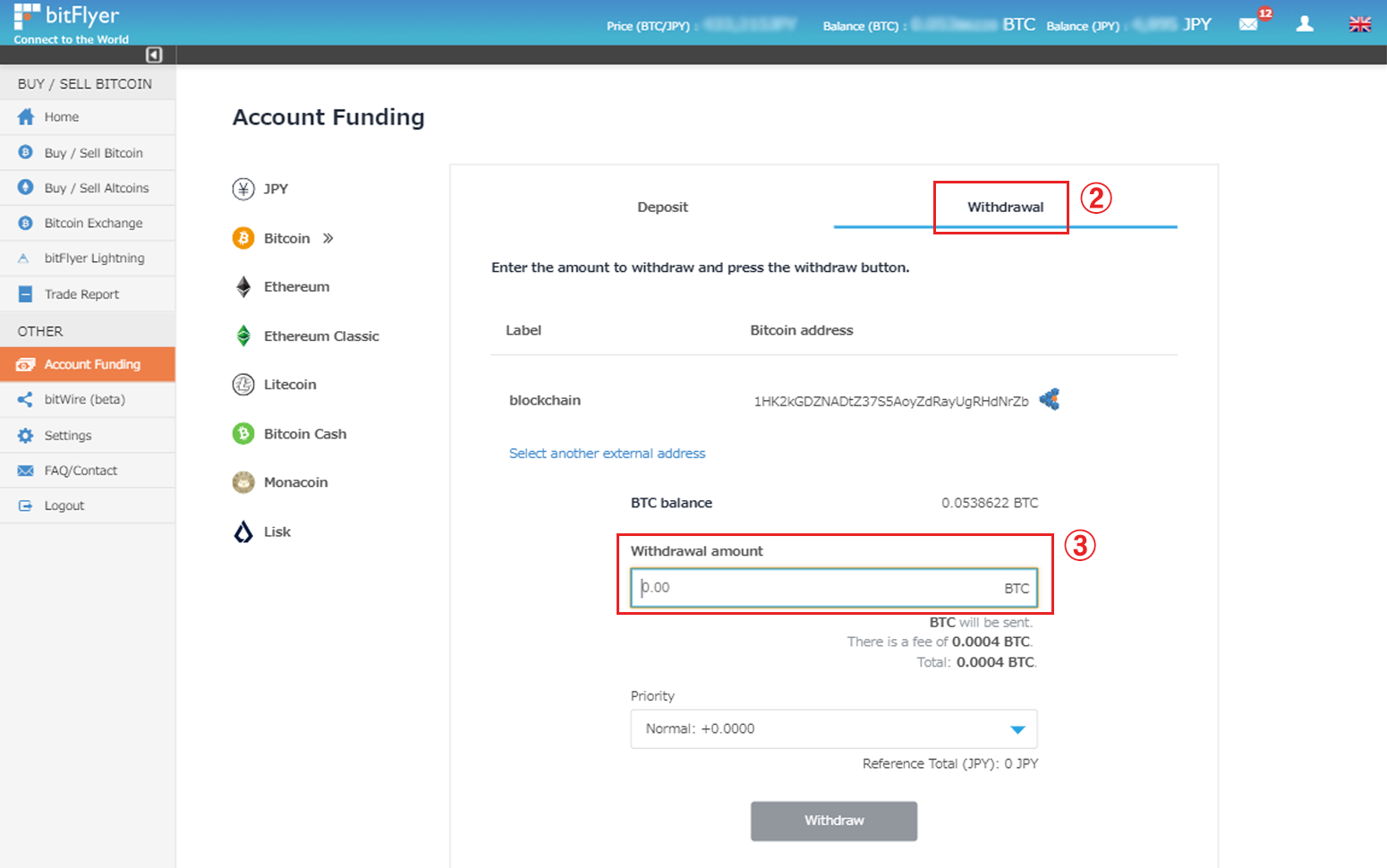How To Send Bitcoin
- Bitcoin has used different standards over the years leaving a few standards in use at the same time, making the complex string of character even more intimidating than it needs to be. The different types of Bitcoin address are mostly cross-compatible, meaning you can send from any one type to another. If you encounter a problem when sending to.
- Sending Bitcoin by email has become a very easy and safe process thanks to our BTC by Email we outlined in our last blog post. Now lets take a look at how to do it yourself, now that you’re interest.
Bitcoin is the easiest way to transact at a very low cost.
Directly connect to the Bitcoin blockchain in your browser with Bitamp. Transactions are sent instantly at your command. Once broadcasted, the blockchain typically takes 10 minutes to confirm your transfer. With normal banks, transfers can take several days or weeks. Send and Receive Bitcoin. Send and receive BTC easily with a Bitcoin address or scannable QR code. Learn how to send and receive in Exodus. (Optional) multiple BTC addresses for enhanced privacy. ' Also what's the point of being able to buy and sell Bitcoin if you can't send it to anyone on PayPal?' Using crypto to buy and P2P services is coming though but currency conversion fees will apply. If you're paying in Crypto, it will be converted to fiat and sent to the recipient.
Mobile payments made easy
Bitcoin when used on a mobile device allows you to pay with a simple two-step scan-and-pay. There's no need to sign up, swipe your card, type a PIN, or sign anything. All you need to receive Bitcoin payments is to display the QR code in your Bitcoin wallet app and let the other party scan your mobile, or touch the two phones together (using NFC radio technology).
Security and control over your money


Bitcoin transactions are secured by mathematics and energy. Cryptographic signatures prevent other people from spending your money. Energy spent by proof of work (PoW) prevents other people from undoing, rearranging or losing your transactions. So long as you take the required steps to protect your wallet, Bitcoin can give you control over your money and a strong level of protection against many types of fraud.
Works everywhere, anytime
Similarly to email, you don't need to ask recipients you're sending bitcoin to, to use the same software, wallets or service providers. You just need their bitcoin address and then you can transact with them anytime. The Bitcoin network is always running and never sleeps, even on weekends and holidays.
Fast international payments
Sending bitcoins across borders is as easy as sending them across the street. There are no banks to make you wait three business days, no extra fees for making an international transfer, and no special limitations on the minimum or maximum amount you can send.
Choose your own fees
There is no fee to receive bitcoins, and many wallets let you control how large a fee to pay when spending. Most wallets have reasonable default fees, and higher fees can encourage faster confirmation of your transactions. Fees are unrelated to the amount transferred, so it's possible to send 100,000 bitcoins for the same fee it costs to send 1 bitcoin.
Protect your identity
With Bitcoin, there's no credit card number that malicious actors can collect in order to steal from you. In fact, it's even possible in some cases to send a payment without revealing your identity, almost like with physical money. You should, however, take note that some effort can be required to protect your privacy.
Every so often at Coinmama, we get a question that makes us scratch our heads, rethink how we explain things, and go back to Bitcoin basics. Recently that question was “Can you tell me how to add money to Bitcoin wallet?”
The head scratching came from not being sure exactly what question was being asked. Was the user wondering how to buy Bitcoin or was he asking how to load his wallet with fiat (that is, with paper currency)? After some lively office debate over coffee and a few chocolate bars, we were reminded of something often repeated by teachers: if one person has a question, someone else is probably asking the same thing. And because here at Coinmama we like to think of ourselves as crypto teachers, we decided to tackle both questions and a few bonus topics as well.
First let’s rewrite the question:

Before you can ask “Can you tell me how to add money to Bitcoin wallet?” you need to ask, “Can I add money to my Bitcoin wallet?” The answer, much like our relationship with Coinpapa, is “It’s complicated.”
Let’s back up. A crypto wallet is a cross between your bank account and your mailbox for cryptocurrency—it’s the place where you can send, receive, and store coins, and it’s also where you can see a record of all of your transactions. But a crypto wallet is, by its very nature, for cryptocurrency.
So the answer to the question depends on what you mean by money. If by money you mean Bitcoin or other cryptocurrency, then yes! You can buy Bitcoins and send them to your wallet (we’ll cover that in a second). But if by money you mean fiat currency, such as a Dollar, Euro, or Yen, then the answer is no. While on some exchanges you can link your credit card or bank account, that link is to the exchange and not to your wallet. In other words, you cannot add fiat to your crypto wallet.
How do you buy Bitcoin?
If our user was actually asking how to add (or buy) Bitcoin to their wallet, well that we can easily answer!
Step 1: get a bitcoin wallet
You can’t get cryptocurrency without a crypto wallet, so if you don’t already have one, that’s your first step. There are many, many crypto wallets you can choose from. Some live online, some live offline, some can be used to store several different cryptocurrencies, some only one or two. Many experienced crypto buyers spread their coins out over more than one wallet. The key to choosing a wallet is to do your research: learn which wallets support each coin, read the reviews, and then download the wallet or wallets of your choice.
Step 2: place an order
If you’re registered with Coinmama, once you have a wallet you can easily buy Bitcoin with your credit card, debit card, or SEPA bank account. (If you’re not registered, you can do that here.) Simply choose the amount of crypto you’d like to buy, add your payment details, and go to step 3!
How To Send Bitcoin To An Address

Step 3: enter your wallet address
How To Send Bitcoin From Uphold To Wallet
Here’s where things get interesting. Every wallet has both a public key and a private key, or two very, very long strings of numbers and letters. The public key is what other people can see: it’s what appears on the blockchain, and it’s also what you can give out in order to receive cryptocurrency. The private key is the password to your wallet. (Don’t lose it, because it can’t be reset, and don’t give it to anyone you wouldn’t also give your bank password to.) In order to send (or add) Bitcoin to your wallet, you will need to enter your public key—or wallet address, so that Coinmama can send you your coins. Once you do that, your work is basically done! You’ll just need to confirm your wallet address by email before you can sit back, relax, and wait for the Bitcoin to be added (or sent) to your wallet.
How To Send Bitcoin From Coinbase To Bittrex
Coinmama’s Takeaway
At Coinmama, we’ve been around crypto long enough that we forget some people are new to it. It’s nice to get a head scratcher every once in a while, to remind us that for many people, crypto basics are not so basic, and to give us an excuse to answer questions we don’t normally get to answer 🙂
Click here to read our Beginner’s Guide to Bitcoin and Crypto